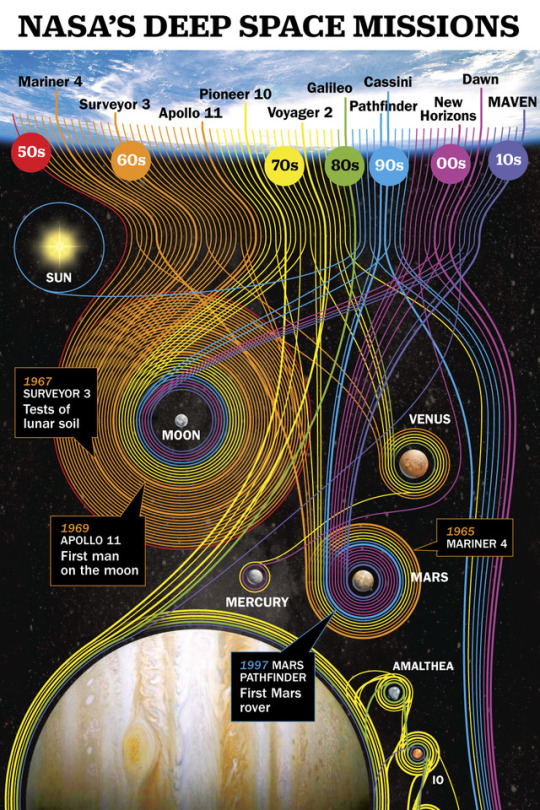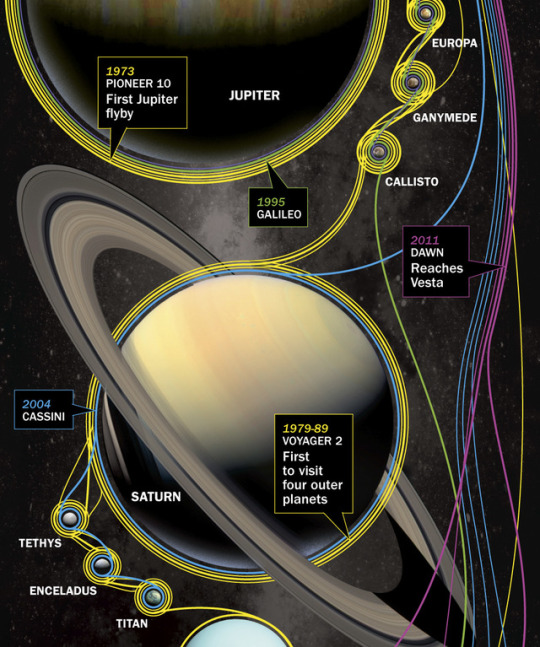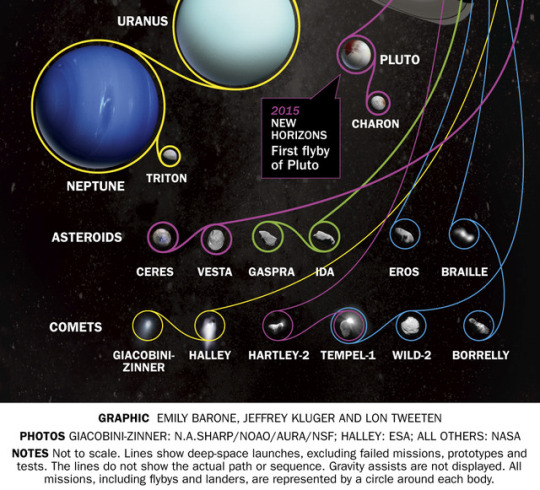Learn science, technology, and engineering on what would be required to spread plant life to the Moon
Don't wanna be here? Send us removal request.
Text
0n June 24, 1947, private pilot Kenneth Arnold reported seeing unidentified flying objects flying past Mount Rainer. In a radio interview from June 26, 1947, Arnold described the unidentified flying objects as looking "something like a pie plate that was cut in half with a sort of a convex triangle in the rear."

245 notes
·
View notes
Photo
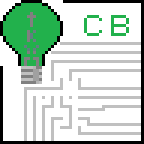
A new version of Simple Circuit Board was released. It includes a template for PC/104 circuit boards which are often used in CubeSats.
1 note
·
View note
Photo

Mars Exploration Rover-A, MER-A, or Spirit was launched June 10th 2003 by a Delta II rocket.
3 notes
·
View notes
Text

Integrating Python with Arduino: A Step-by-Step Guide
7 notes
·
View notes
Photo

Amazing #ApolloProgram #infographic of the #LunarModule #spacecraft by John Lawson at @natlspacecentre ✨
#NASA #LEM #CSM #CommandModule #SaturnV #ApolloSpacecraft #SpaceHistory #spaceexploration #space #astronaut #Apollo11 #Apollo13 #NeilArmstrong #BuzzAldrin https://www.instagram.com/p/CogQh-EOE5E/?igshid=NGJjMDIxMWI=
3 notes
·
View notes
Text
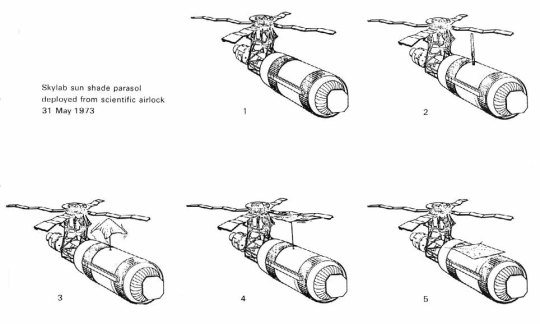
The crew of Skylab II deployed a collapsible parasol through the small scientific airlock to act as a sunshade. The micrometeorite shield was sheared off during the launch and with it the protection from the sun.
Date: May 31, 1973
source
46 notes
·
View notes
Photo

Launched OTD in 1971, the Mariner 9 spacecraft was the first spacecraft to orbit another planet. Taking more than 7,000 pictures, Mariner 9 imaged over 80% of Mars’ surface in its first year, an important step forward in our understanding of the Red Planet.
by @NASAhistory
90 notes
·
View notes
Text





The Apollo 10 Command Module (CSM-106) Charlie Brown being hoisted onboard USS Princeton (LHP-5).
Date: May 26, 1969
source, source
US Navy and Marine Corps Museum/Naval Aviation Museum, Photo: 1996.488.060.028
NARA: 81442832
82 notes
·
View notes
Link

Helpful for Earth science class
3 notes
·
View notes
Text
Topo was a series of robots made by Androbot for the consumer and education markets.
https://terakuhn.weebly.com/rover.html
0 notes
Photo

On May 18th date 50 years ago in 1969, Apollo 10 launched headed for the Moon. It was only the 2nd manned trip to lunar orbit and the dress rehearsal for the Apollo 11 manned lunar landing coming this July (this July 50 years ago).
#space#science#technology#engineering#lunar#moon#spacecraft#math#stem#outer space#space exploration#apollo
1 note
·
View note
Photo

Looks fun, yet tricky. An early Lunar Landing Research Vehicle, May 1963.
490 notes
·
View notes
Photo

#Vostok #spacecraft in which #YuriGagarin made man’s 1st #spaceflight with comparison to #astronaut #JohnGlenn & the #MercuryAtlas6 on 2.20.62
#spacehistory #spaceexploration #nasa #roscosmos #space https://www.instagram.com/p/CoPrFM0uy3T/?igshid=NGJjMDIxMWI=
1 note
·
View note
Photo

The Viking spacecraft each had an orbiter and a lander which respectively orbited and landed on Mars. In general spacecraft that go beyond the Moon are robotic because they have to take action to orbit or land on a planet independently since communications from Earth would take too long to be effective. Beyond robotic landing maneuvers, the lander also included an arm with a soil collector on the end. This was used along with automated biology experiments on the interior of the lander to test for indications of life. The Viking landers robotic operations were controlled by a Guidance, Control, and Sequencing Computer (GCSC) which had software written in Fortran.
If anyone out there has more information on the design of the HDC 402 24-bit processors used to build the GCSC or in the software or I/O hardware actually used in the Viking GCSC, I would love to get more details.
http://terakuhn.weebly.com/landing_system.html
2 notes
·
View notes
Text

https://terakuhn.weebly.com/kic_app.html
0 notes
Photo

On April 20th in 1967, Surveyor 3 landed on the Moon. Two and a half years later, Apollo 12 landed near Surveyor 3, and astronauts photographed it and brought back parts. See http://terakuhn.weebly.com/landing_system.html for a list of all successful Lunar and Mars landers.
#space#science#technology#engineering#lunar#moon#spacecraft#math#stem#outer space#space exploration#robotics
1 note
·
View note
